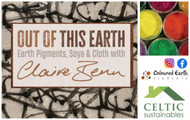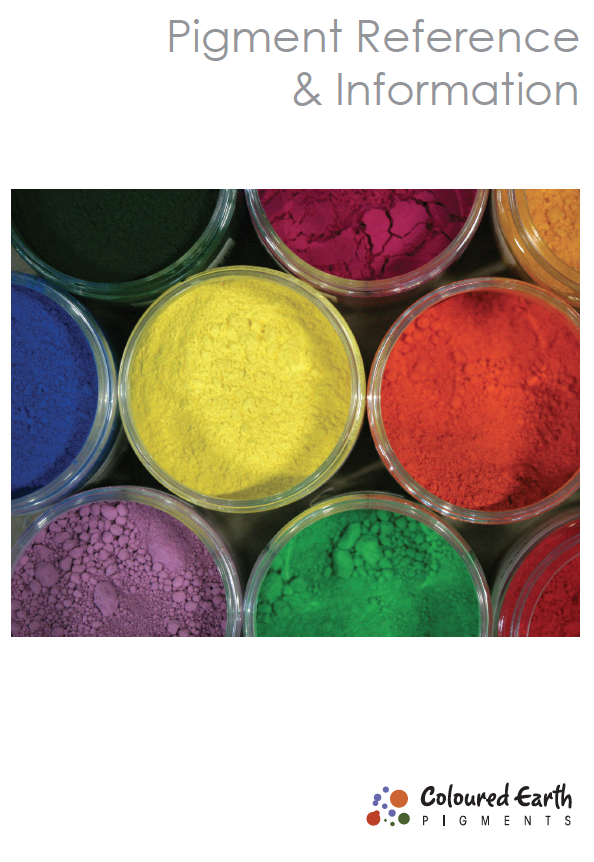Artist workshop in collaboration with Fibre Arts Take Two and Coloured Earth Pigments
13th Jun 2023
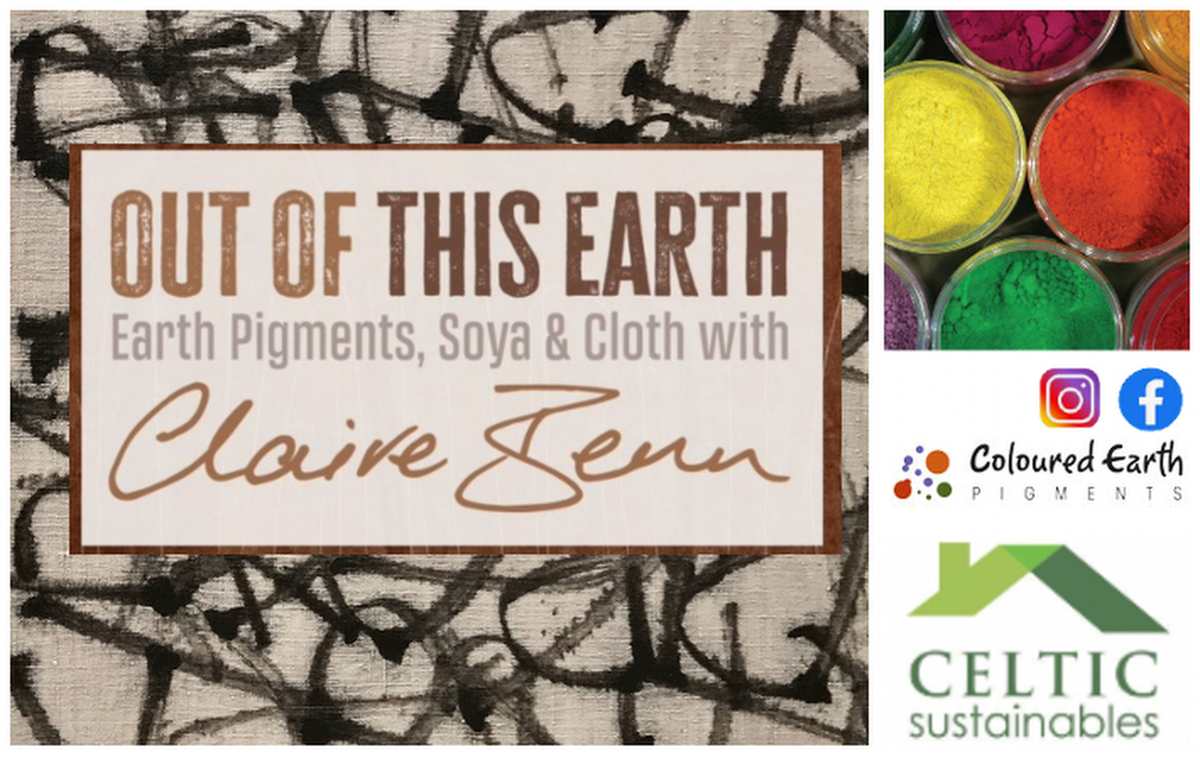
We reached out to Claire in March 2023, impressed by her frequent orders of our Coloured Earth pigments. We learned that Claire Benn is an artist, and her passion for pigments has given her unique insight into the vibrant world of colour. She has used her knowledge to create natural dying workshops that allow students to explore their creative boundaries. Claire has also been able to expand her teaching to a global audience, with many of her classes being held online. Her enthusiasm for pigments has enabled her to reach out to a wide range of audiences; her workshops, developed with Fibre Arts Take Two, have been hugely popular and attracted students from across the globe. Claire’s work is focused on combining tradition with modern techniques and materials. She is passionate about educating people on the importance of sustainability in art.

In our article, she discusses her extensive use of our Coloured Earth pigments, which has played a role in her success, and we are proud to support her in her creative endeavours.
I have excellent friends living in New Zealand, and we try to visit now and then. When I was invited to teach at Fibre Arts Australia conventions (annual gatherings in different places in Australia), it seemed a great way to combine both business and pleasure. Angela Truscott, the Fibre Arts Take Two (FATT) owner, assisted at one of my workshops. We hit it off and, in 2022, finally got around to collaborating on an online workshop programme – which is what FATT is all about.
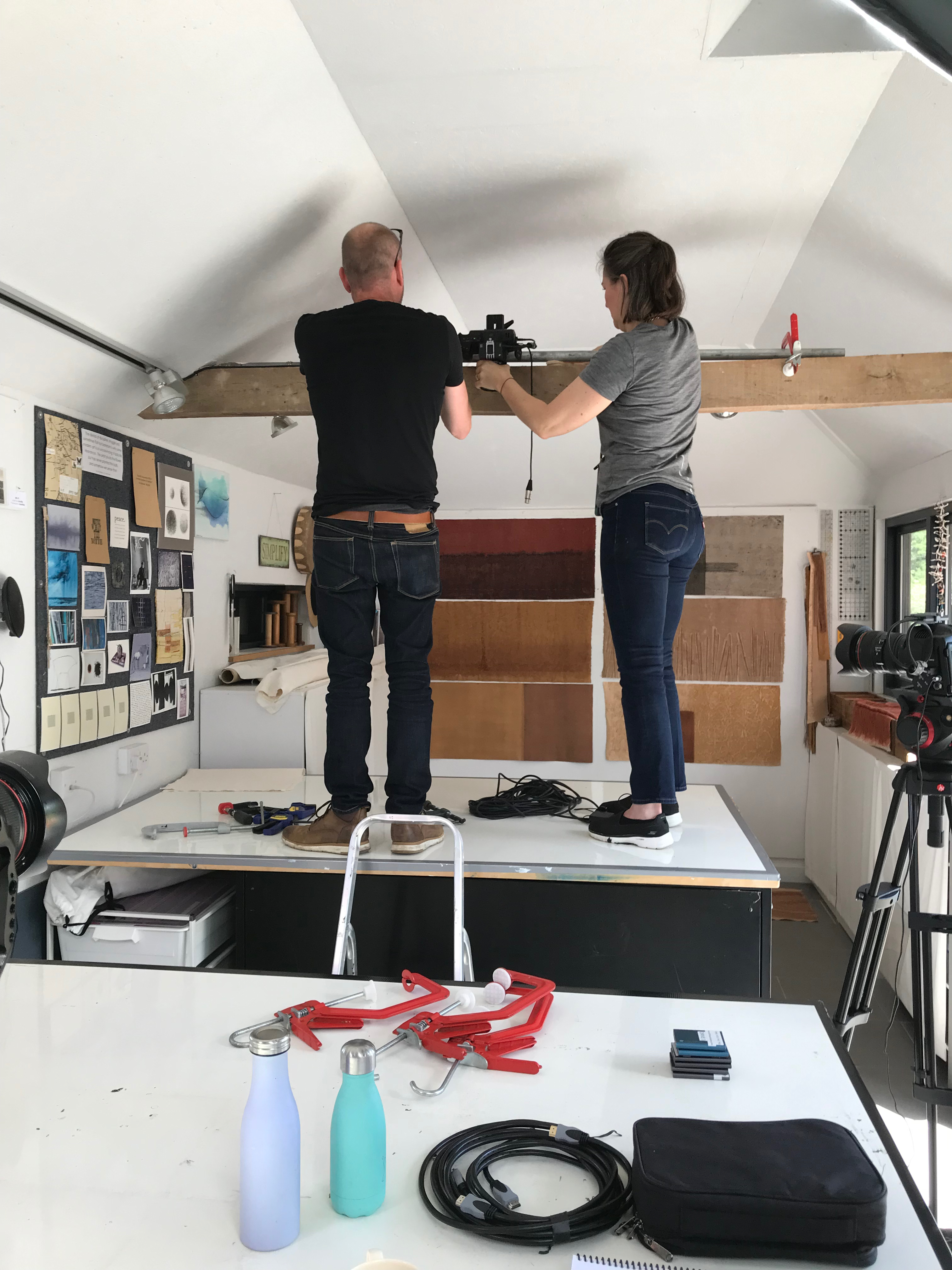
The service Fibre Arts Take Two provides is fantastic. Their line-up of topics and tutors isn’t restricted to things fibre, although that’s where the emphasis lies. My course was shot in June 2022 and released for enrolment on 17th February 2023 and closed on 3rd March, so students are in various stages of learning, depending on when they enrolled and when they started.
They have lifetime access to the course material (12 hours of video with 100 pages of written handouts/resources with images). This means they can work at their own pace and re-watch/re-read as often as they like.
Left: Ang & Gary are setting up on Day 1 of the shoot.
FATT also sets up a private Facebook group which students can join to share their results. I engage with them on Facebook for eight weeks after registration closes to answer questions, post images, and do little demo videos. I produce a weekly round-up of the questions, with my answers, which FATT adds (along with any other home video I’ve shot) to the resources, as not all students choose to be on Facebook.
In addition to that, I undertake two live Q&A sessions, which are streamed. The sessions are recorded and loaded onto the course portal, so if students can’t watch them live (the differing time zones can be a challenge), they can still access the information. I did my first live Q&A on 22nd March and the second on 19th April. I may do a third; we’ll see…
“The Q&A last week was unlike any other I have been part of… It was both valuable and enjoyable.” Kerri Boase-Jelinek.
FATT’s workshops are extensive, but ‘Out of This Earth’ is probably one of the biggest. Students learn a lot and are taken through all the necessary information - with supporting demos etc. – to set out their explorations. They get extensive introductory notes and advice on how to get the best out of the course. A materials list is made available along with a supplier list of how many UK students will have found out about Celtic Sustainables / Coloured Earth Pigments.
“It’s a joy to see skilled artists and craftspeople work where years of experience are present in their bodies and hands. That assuredness and built-in knowledge of the material is so much a part of your demonstrations. It’s a pleasure to watch!” Dorothy Caldwell
When is the next Earth Pigmetn Workshop?
Enrolments will be open to the public again next year, and I’m looking forward to meeting a new cohort of students. We can build on the collective knowledge of working with soya, pigments and cloth as more people discover the beauty of sustainable materials.
It’s not practical to cover every detail of workshop content, but to give you an idea…
- We begin with the cloth, what type, factors to consider when choosing cloth (such as thread weight and weave type) and how to prepare
it to take the soya paint.
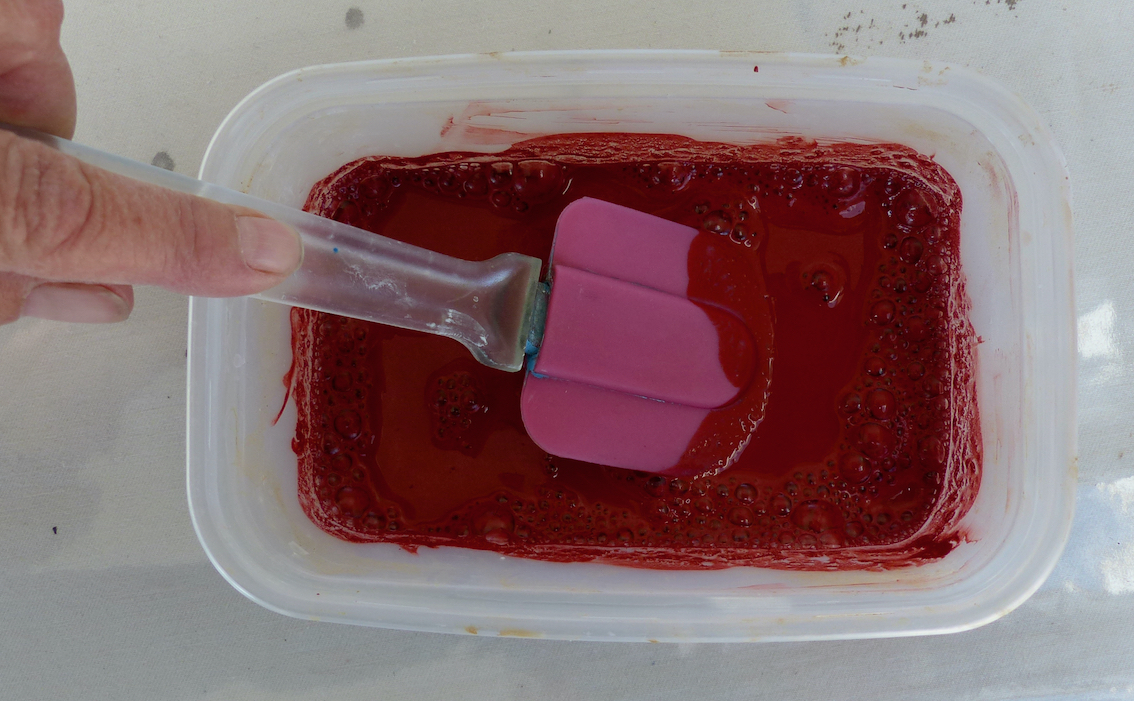
- Pigments: some essential information on pigments, a list of colours to consider investing in, and advice on collecting and processing their clays to use as pigments.
- How to turn soya beans into soya milk, pre-sizing the cloth to prepare it to take soya paint.
- How to make soya paint by adding pigment to the soya milk.
- Application methods (of which there’s potentially no limit).
- Using resists and other mark-making devices/tools.
- Working directly on textural surfaces such as gravel, wood, metal etc.
- Thickening soya paint for use with tools such as silkscreens, mono printing etc.
- Final processes, including curing and washing the cloth (although washing soya-painted fabric is unnecessary).
- Advice on composition and working with intention (it’s hard to work with intention until you’ve mastered your media, tools and processes).
- How to finish and present textile-based artwork.
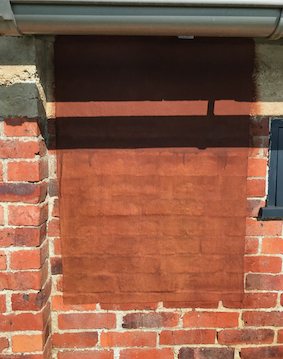
“I just finished module 11, Composition and Working with Intention. I have to say that this is the best lesson on abstract composition and Intention that I have had in a long time.” Cindi Brusse
Regarding the materials needed for the workshop, we supply students with a list to get organised and buy any items they don’t already have. Although the workshop focuses on using soya milk and earth pigments on cloth, many of the students are also using some of the approaches on paper - successfully. I like using linen as my substrate, but almost any type of cloth will work, and it’s a joy to engage with the student base and see them exploring many other types of substrates, including sheers, boiled wool, hand-made paper and so forth.
Soya beans are essential for making soya milk (far better than using ready-made milk from the supermarket stuffed with additives). Pigments are given, and although many students love the natural hues of earth pigments, I encourage them to use synthetics as well, as it extends their palette and gives them access to complex (or very expensive) colours to find in the natural world.
Besides a selection of tools, some essential kitchen equipment (such as a stick blender, a sieve, bowls and measuring jugs), and some sheet plastic or vinyl to work on, the ‘what’s needed’ list isn’t arduous.
So how did I get into using pigments? I’d been working with fibre-reactive dyes for years, but after a trip to the Arctic Circle, I decided I wanted to make a body of work on the snow-covered landscape. I liked the physical texture to mimic frost, crustiness, and crunch, and I also needed white, which doesn’t exist in the dye world. I turned to acrylics and taught myself how to use acrylics on cloth for art.
right; some pigment colour swatches.
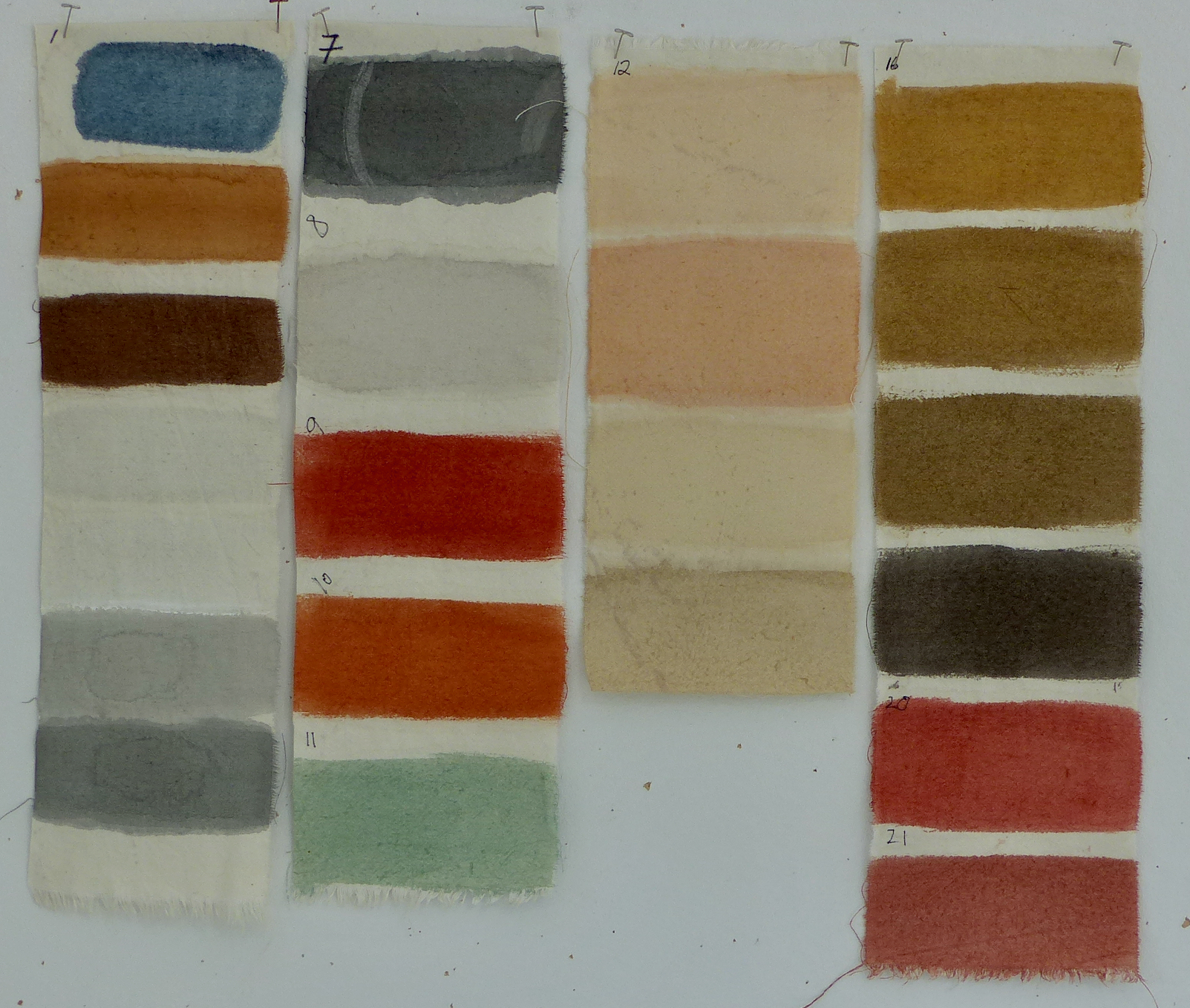
My husband and I went on holiday to Provence and visited the old ochre pits at Roussillion before going to the ochre Museum and shop (Okhra). I was glad I had plenty of room in my suitcase!
They advised me on different binders (I knew I could use acrylic mediums), including soya milk. I came home with a ton of pigment and then did a body of work based on the high desert of New Mexico.
Since about 2,000, my work has been inspired by landscape – the wilder and more desolate, the better. Using earth pigments gives me a direct connection back to the landscape - that’s a beautiful feeling.
I started by buying my pigments from Okhra in Provence, and for my New Mexico and the Atacama series, I used fluid matte medium - mixed with equal parts of water - as my binder. In 2020 I was due to go on an art residency with Joya-AIR in Almeria, Spain - the site is off-grid, and all wastewater goes into a reed bed or a collection/evaporation tank. I wanted to use an eco-friendly, non-plastic binder, so I turned my attention back to soya milk. I didn’t get to Spain in 2020 due to Covid but spent all of the lockdown exploring soya milk and pigments on cloth.
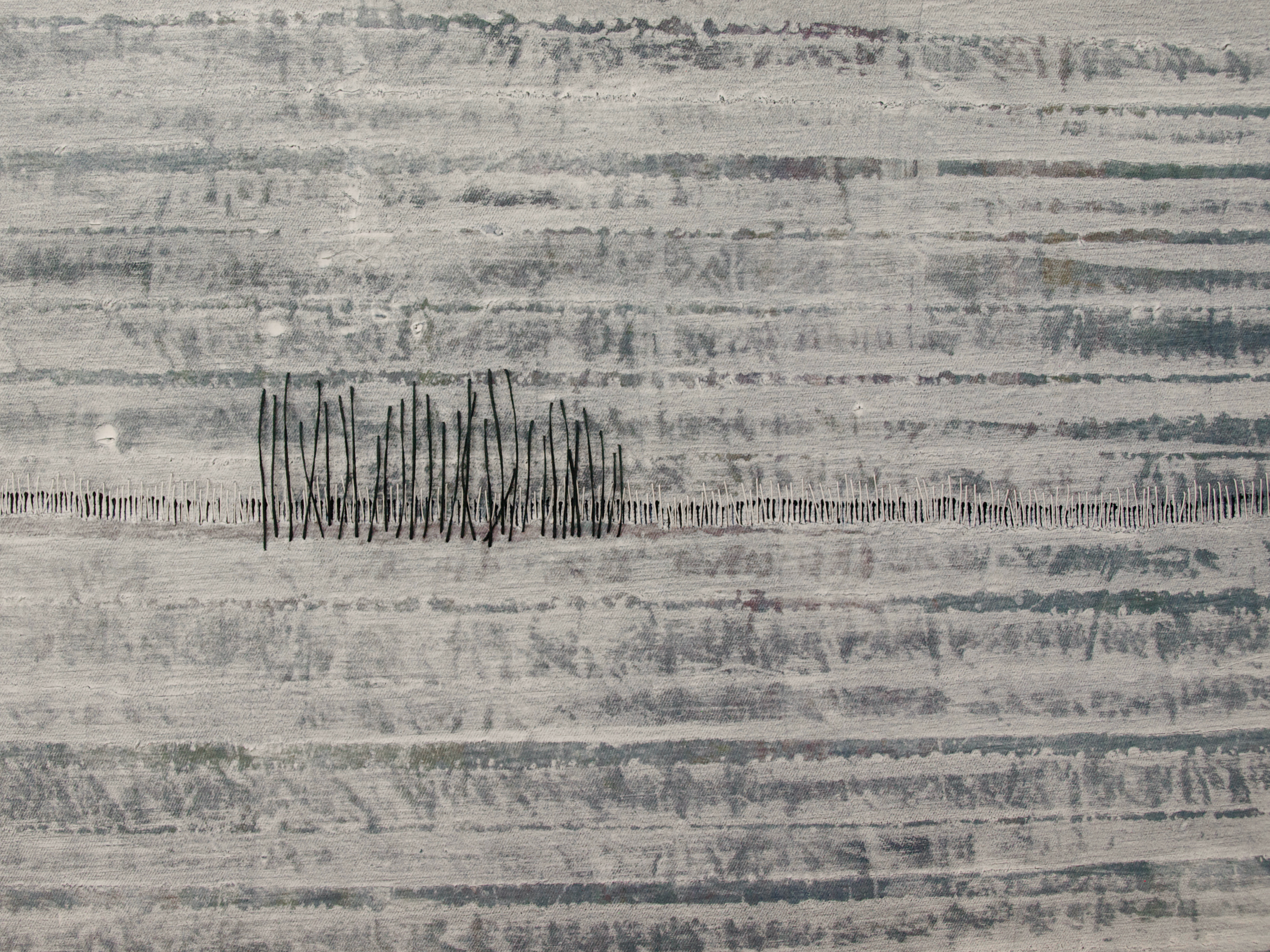
When Brexit came along knew I needed to find a UK supplier. A simple Google search gave me a few options, and I started with Coloured Earth. I emailed them, explained I was an artist and a tutor, and would they would sell me 100g of every colour they stocked so I could colour sample them all. The answer was “yes”, and off I went.
I now use Coloured Earth as well as my stocks of Okhra pigments. The range is extensive, and the colours perform well.
The little pdf booklet Coloured Earth Supply provides information on each pigment and is a great resource. I’ve shared it with the students but warned them that although many suppliers can use the same name for a pigment, they can’t assume it is the same pigment. And I know Celtic shares other resource information, which is helpful.
I’m now thrilled to be using (predominantly) materials and media that don’t challenge the planet so much – in other words – I’m avoiding plastic. I could put a failed sample in the compost heap, and it would rot - as long as I’d used natural rather than synthetic pigments.
Most of the pigments I use are natural, and I love the quality of the colours. I appreciate how they respond to the cloth and the soya milk. Depending on my application methods, I can achieve organic and natural-looking textures and marks alongside more graphic marks. Pigments are a physical presence in the cloth, which shows in the work.
Right; view of the ochre pits, Roussillon, Provence, France.
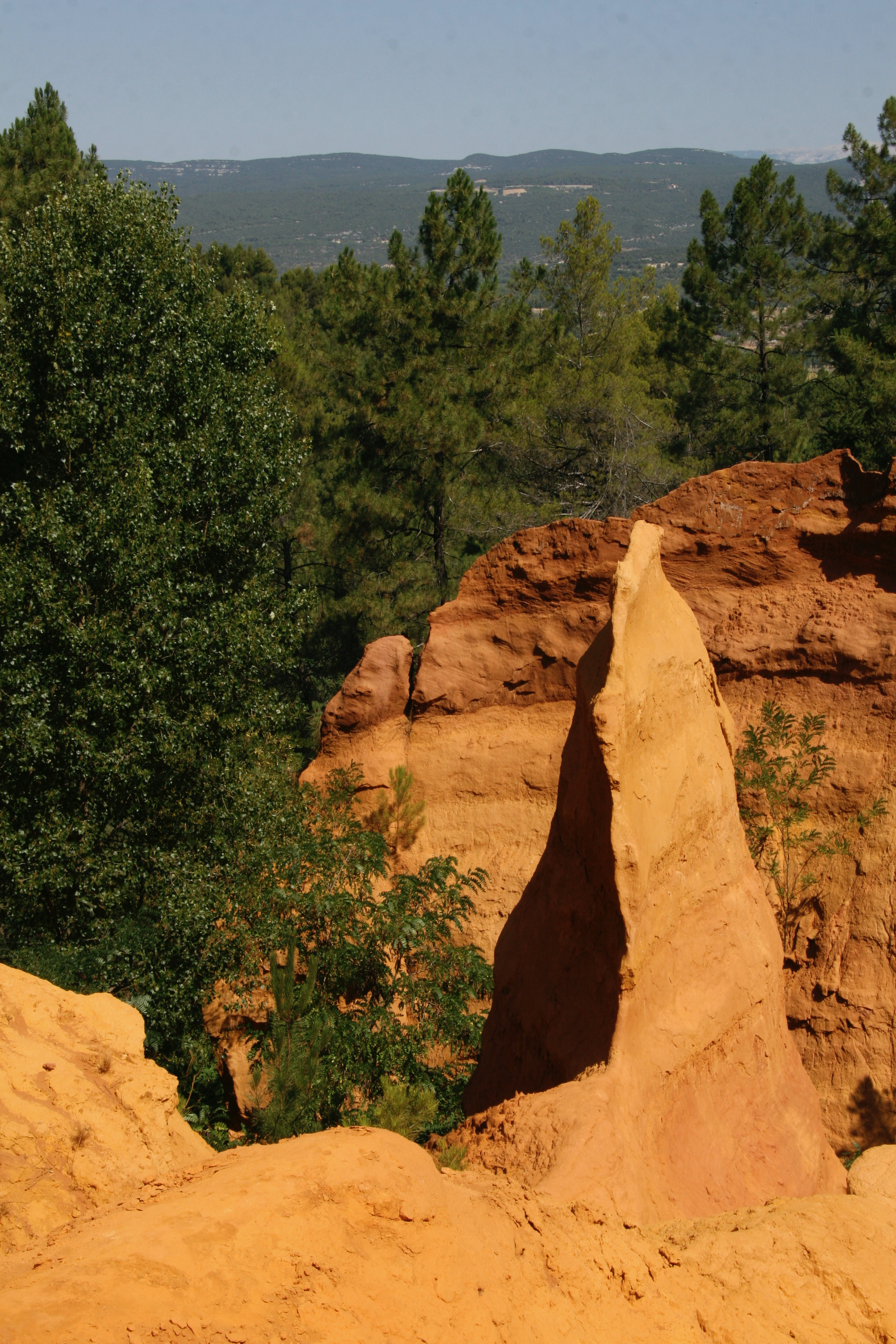
So how does any artist get to grips with new media? Trial and error, coupled with observation and problem-solving… which I prefer to call deep exploration! My experience working with acrylics gave me a head start, and I used every application technique I knew of to find out how pigments would perform. I made many mistakes and ceremonially burnt much cloth – but only after I’d extracted the learning. Nothing is a failure if you learn from it.
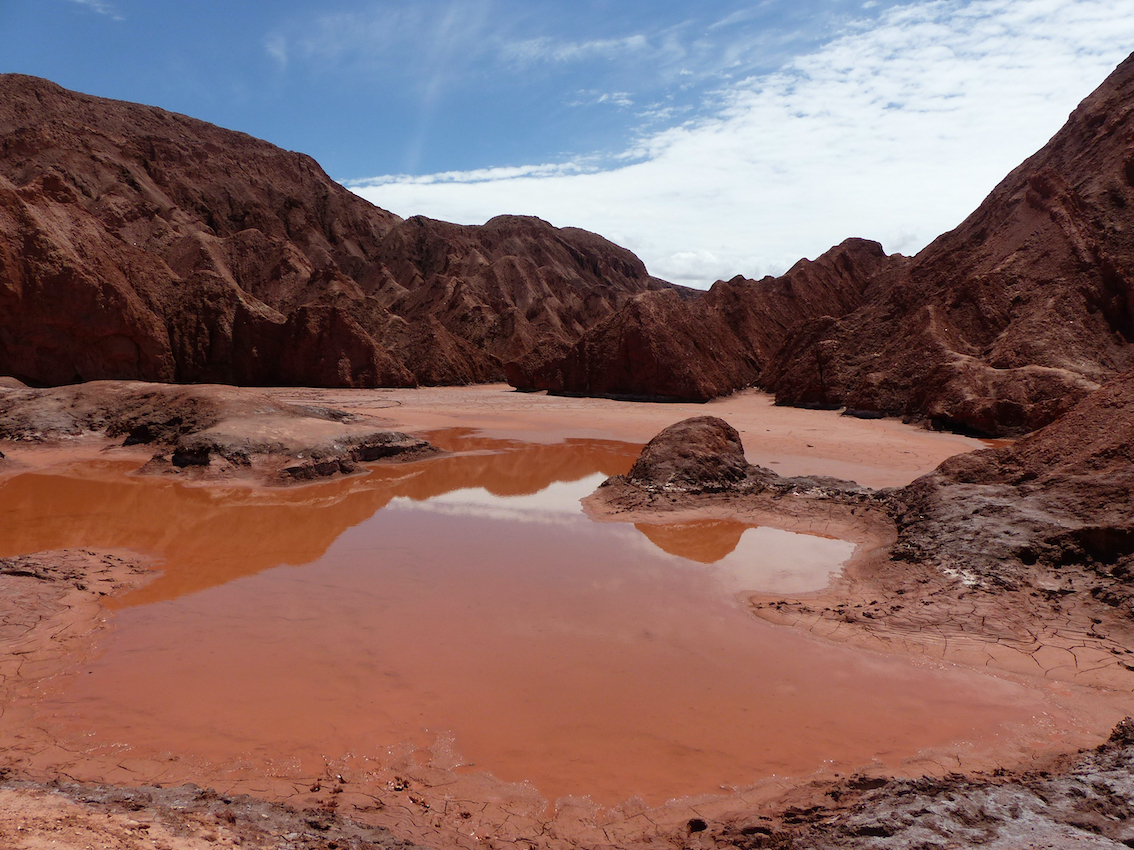
For example, I knew each pigment had a specific gravity, but until your booklet, I had no idea and needed to be more active in calculating the gravity myself (although I know how to). I had to observe and note how some pigments sank into the cloth quickly and others didn’t. Some pigments can be hard to use - such as Ancient Green Earth – which is sticky and resistant to sinking into the cloth. I learned that most synthetic pigments need marbles to distribute them well in the soya milk, along with a drop of essential oil or alcohol. I learned that all pigments vary in coverage or opacity, so I always need to sample when over-painting. In truth, the exploration and subsequent learning will never stop – I have three pages of ideas I’ve yet to explore!
Left: a puddle of pigment in the Atacama Desert in Chile after rainfall (a rare event!)
I suggest getting on with it for anyone who wants to try using pigments (mixed in water, acrylic, oil or soya milk). Make explorations, be observant and be willing to take risks. It goes without saying that if you want a head start on it all, then sign up for a class with me – be that online with Fibre Arts Take Two (the next round of registration will be open to the public in earlyish 2024), or when I teach a 5-day live workshop at InStitches in 2024. For the Out of this Earth online workshop, you can register your interest here: https://www.fibreartstaketwo.com/courses/clairebe...
Claire Benn, April 2023
@HerQuietMaterials
Fibre Arts Take Two; www.fibreartstaketwo.com
InStitches; www.institchestextilecourses.co.uk
Some examples of finished work…
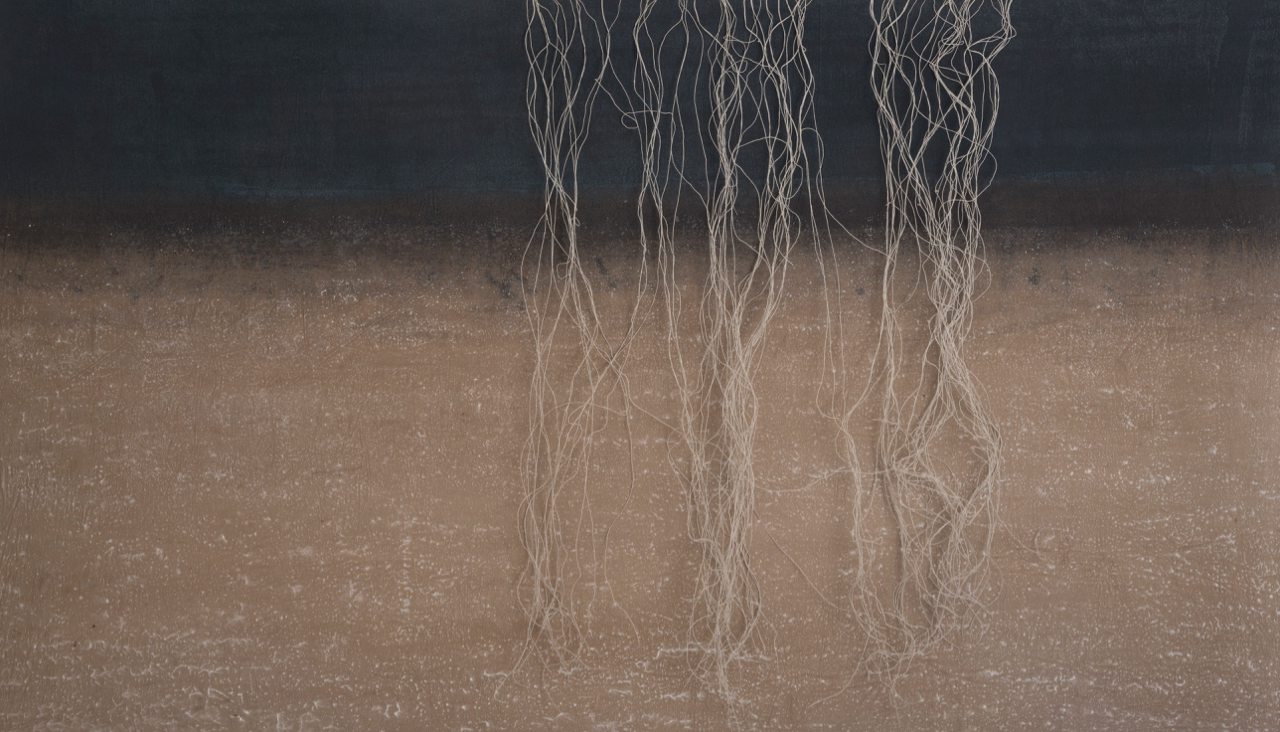
‘Salar’ (161cm x 92cm), Inside Atacama series
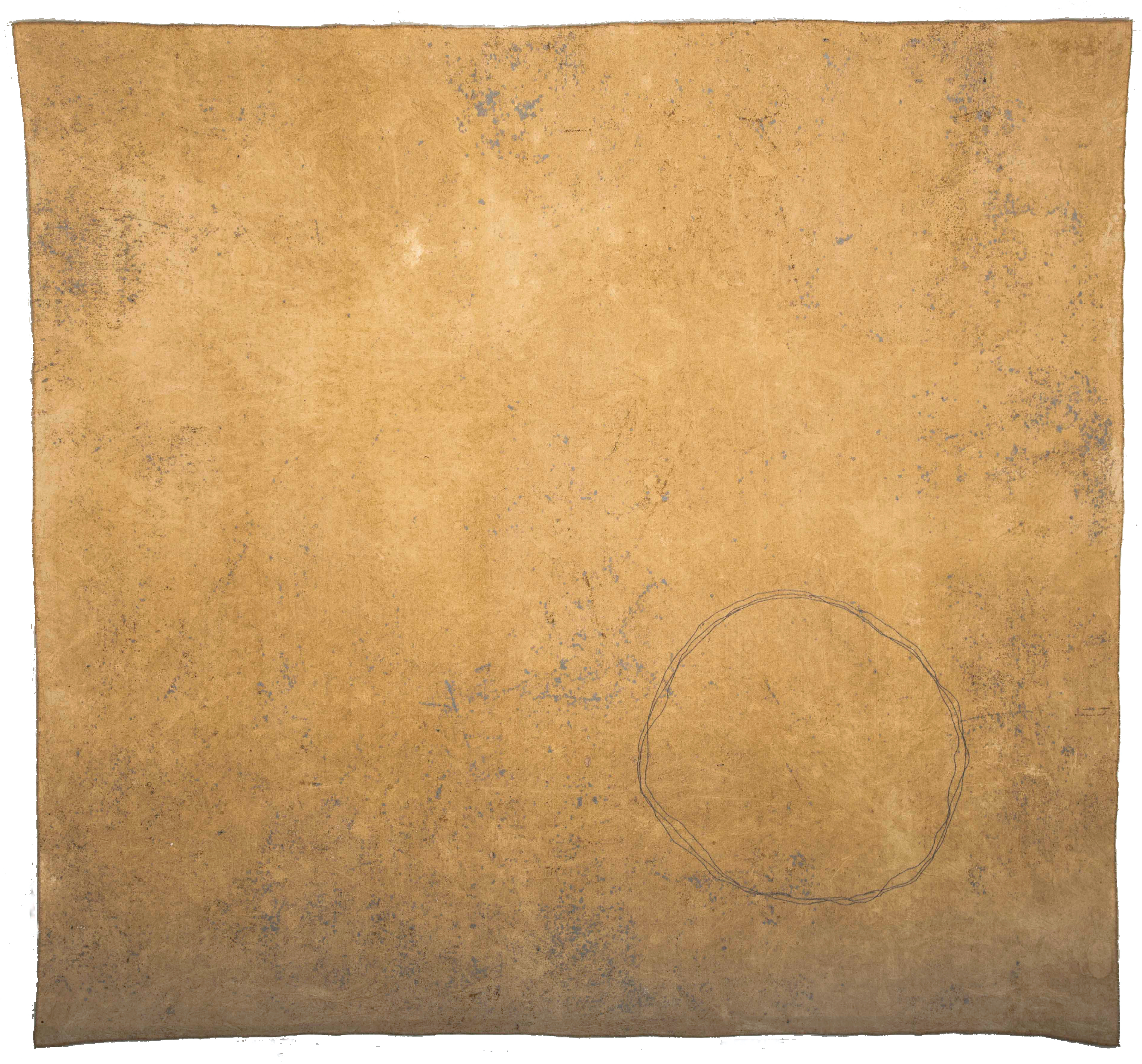
‘Watering Hole’ (2m x 2m), New Mexico Traces of Time series


